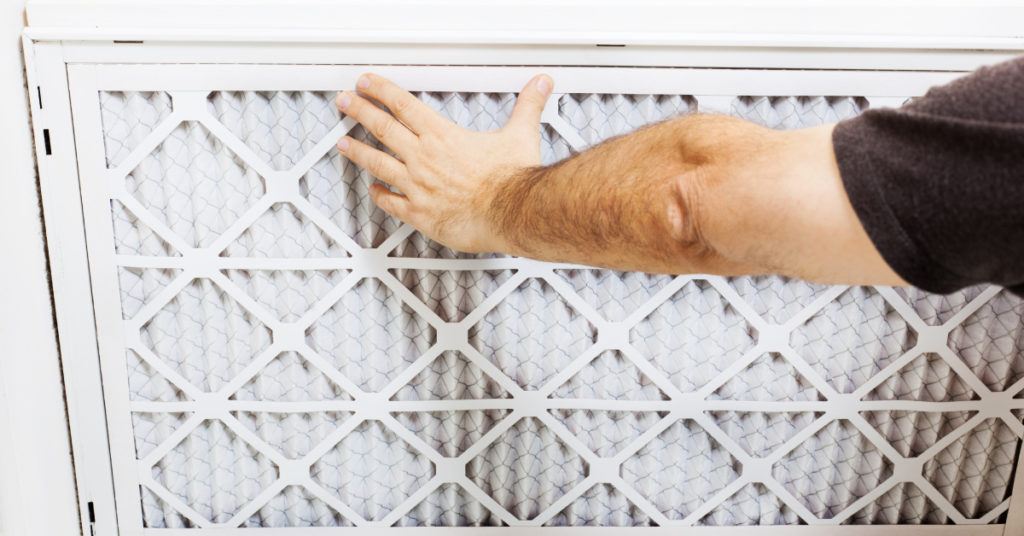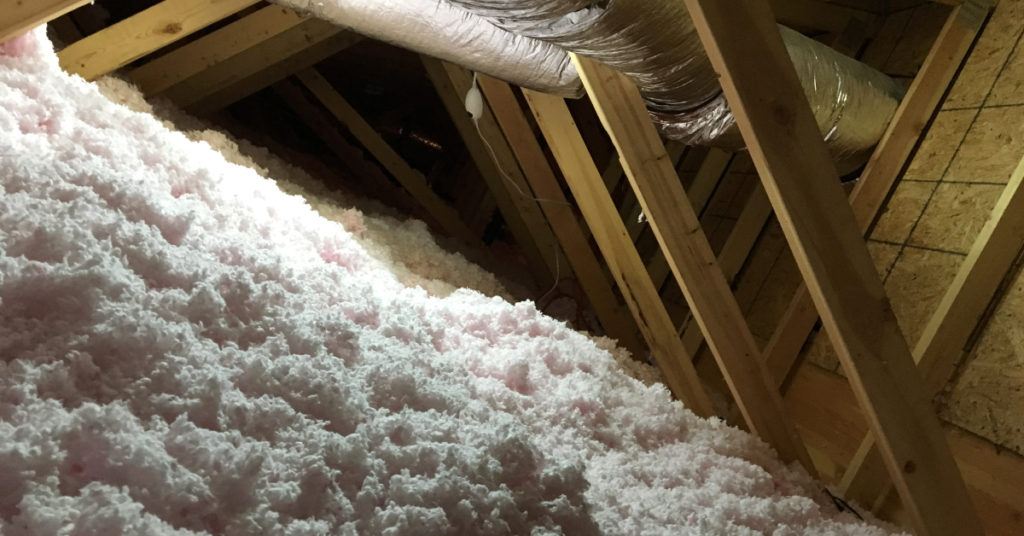If you’re experiencing a noticeable lack of comfort in your home, there’s a good chance it’s escaping through cracks and leaks. If so, that’s sure sign your home is in need of weatherization.
Weatherization is just a fancy word for sealing up all those leaks that allow outside air in (and vice versa) and keep your home from being as comfortable and energy-efficient as it should be.
Thankfully, it’s an easier fix than you might think. With just a small investment of time and money, you could turn your home into the comfort zone it was meant to be. Here are the top 5 tips to achieve that.
Go leak hunting.
There are a number of areas where leaks could be occurring. Look for cracks and holes and feel for drafty areas. The top places to check are around windows and doors, electrical outlets, plumbing fixtures, vents, fireplaces, baseboards and attics.
BONUS TIP: On a windy day, hold a lit incense stick near these areas where there is a possible air path to the outside. If the smoke stream travels horizontally, you have located an air leak that may need caulking, sealing or weatherstripping.
Inspect your HVAC.

Chances are pretty good that you have leaks around your ducts and, thus, losing a large percentage of quality, comfortable indoor air. While you’re at it, check your filters and replace them every month or two.
BONUS TIP: Ideally, you should have a professional check and clean your system once a year.
Fill in the cracks.
Apply weatherstripping around drafty doorjambs and windowsills and use sealant or caulking to fill in cracks in ceilings, walls and floors. Weatherstripping can be bought at most retail and hardware stores.
BONUS TIP: Click here to learn about the different types of weatherstripping.
Check the fireplace.
It may sound obvious, but if your fireplace flue (or damper) is open, your comfortable indoor air is probably escaping right up the chimney. Be sure to close it and double-check that it seals properly.
Add insulation.

Your home might have old or insufficient insulation. If you’ve noticed some rooms aren’t responding to heating or cooling, adding more insulation can dramatically cut energy costs and boost comfort.
BONUS TIP: The attic is another common source of drafts. Check for uneven levels or gaps in your attic insulation. Anything less than 6 inches won’t be effective in keeping the temperature in your home constant.
